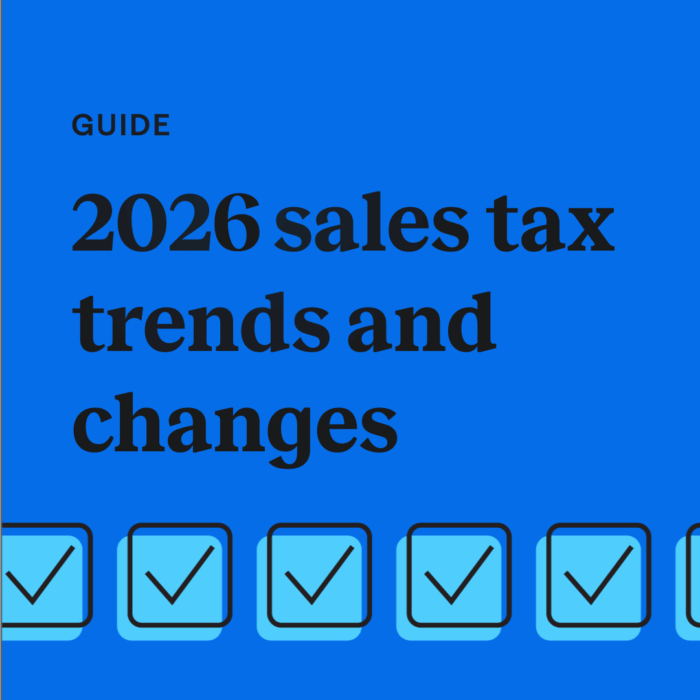How to be sales tax compliant in Canada
by July 3, 2025
If you’re selling a good or service to Canadian customers, you’re probably wondering two things:
- Do I charge sales tax on this item?
- What’s the proper sales tax rate?
Similar to the sales tax system in the U.S., the answer to those questions all depends on location. Canada has a Goods and Services tax (GST) that applies to all purchases made throughout the country. In addition, nine of the ten provinces also have their own additional tax that must be taken into account for sales made in that specific region. If it sounds confusing, don’t worry. We’ll walk you through the essentials of GST in Canada.
How does sales tax work in Canada?
As mentioned above, instead of a sales tax, Canada enforces a Goods and Service tax. Similar to sales tax, GST is a value-added tax that applies to goods and services purchased across Canada. In addition to GST, certain provinces have additional sales taxes called provincial sales tax (PST) that sometimes take on different names, depending on the province.
Five Canadian provinces—Ontario, Newfoundland and Labrador, Nova Scotia, Prince Edward Island, and New Brunswick—do not apply GST and PST separately. Instead, they levy a combined tax called harmonized sales tax (HST).
In Quebec, the PST is called Quebec sales tax (QST). In Manitoba, the PST is called the retail sales tax (RST). In most situations, businesses will charge the GST and any additional PST designated for the province. In Saskatchewan and British Columbia, it is referred to as PST.
Alberta is the only province that has not implemented a PST or HST. Sellers in this province would only need to concern themselves with GST.
I make sales in Canada, where do I have tax obligations?
If you make taxable sales in Canada, you are required to register and charge GST, with an exception for small suppliers. A small supplier is defined as a seller whose revenue from taxable sales was equal or less than $30,000 CAD in a calendar quarter and over the last four consecutive calendar quarters.
If you do business in any province with HST or other provincial taxes, you will also be obligated to charge and collect any additional taxes in those provinces.
How do I register for GST and additional Canadian taxes?
Before you collect GST and other Canadian taxes, you need to register with the appropriate taxing authority. You can register online and the various registration sites can be found below:
How do I report and file taxes in Canada?
Each jurisdiction determines the information, format, and frequency required for reporting and filing taxes. GST and HST can be filed using the online NETFILE service. RST can be filed using this form. QST can be filed both online and by mail. There are three options for filing PST detailed here. At this time, TaxJar does not support AutoFile in Canada.
What is the correct tax rate to collect?
The specific tax rate depends on the province. Here are the current rates:
GST: 5%
HST: 15%, 13% in Ontario, 9% in Nova Scotia
PST: 6% Saskatchewan, 7% British Columbia
RST: 7%
QST: 9.975%
Looking for a GST rate? We recommend using Stripe’s GST calculator.
How to manage your Canada tax compliance
While TaxJar does not offer international calculations, Stripe Tax might be a good fit for your business. TaxJar was acquired by Stripe in 2021 to accelerate the future of commerce and compliance. Available in over 50 countries, Stripe Tax enables you to automatically calculate and collect the right amount of tax based on where you are registered, where your customers are located, and what you are selling. Stripe Tax also helps you monitor your obligations and provides reporting for filing and remittance. Learn more about Stripe Tax here.








